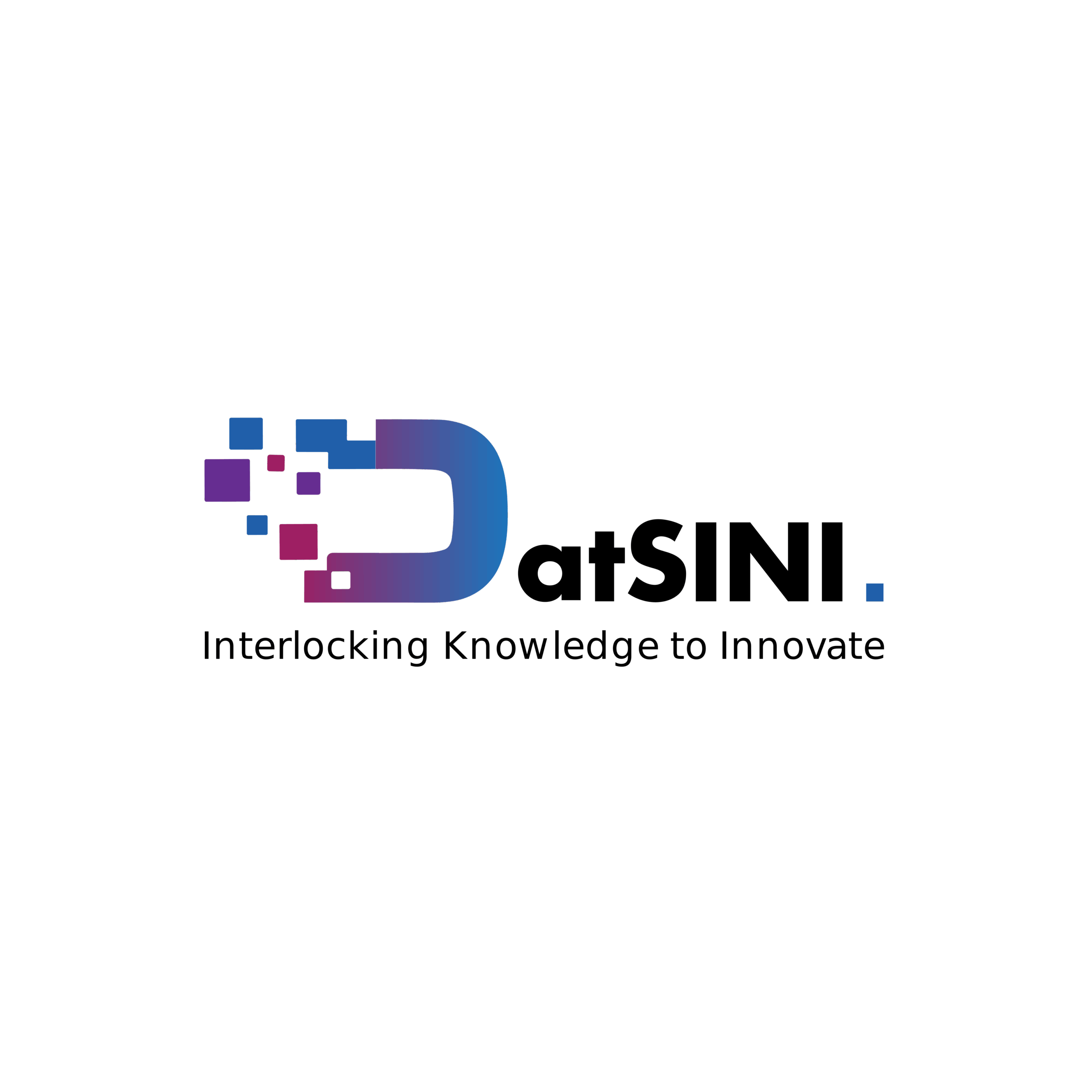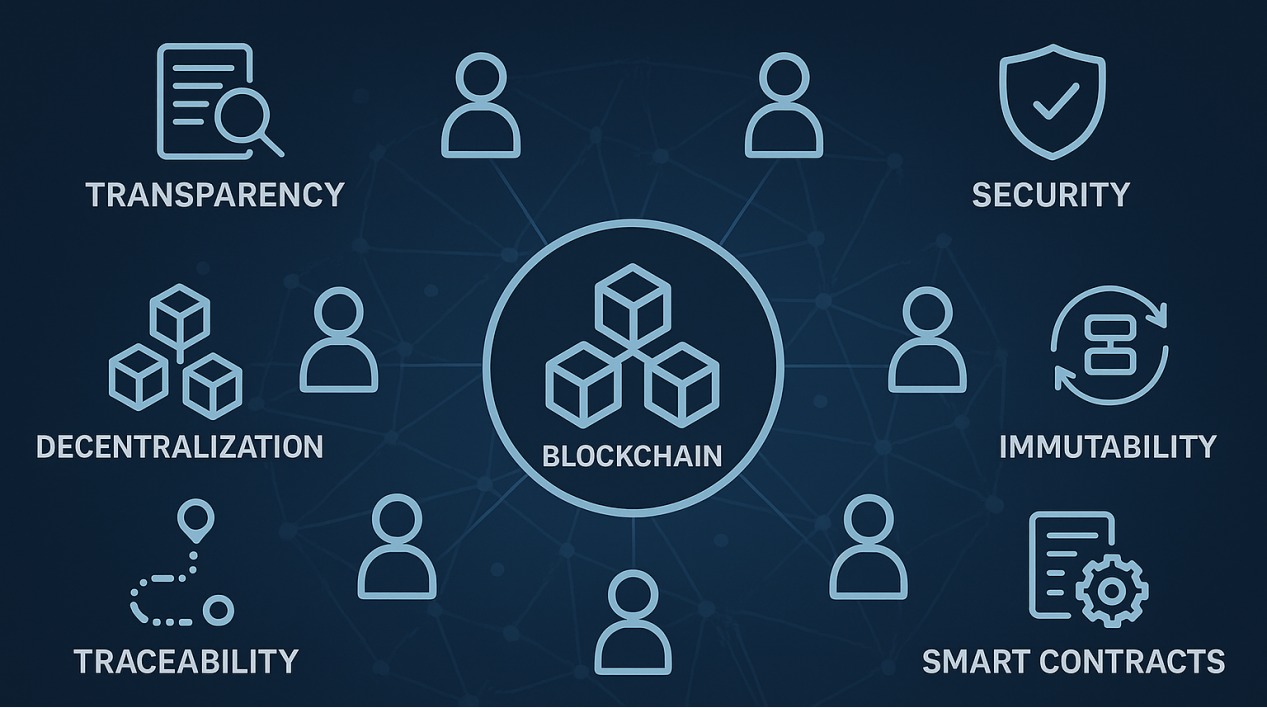How Blockchain Features Can Influence Knowledge Sharing?
As higher education institutions embark on their digital transformation, the challenges they face extend beyond mere technological upgrades. Even though there are many digital platforms, many higher education institutions continue to grapple with manual verification processes, disjointed databases,and difficult to managing across departments or institutions.
This article explores how blockchain features can influence knowledge sharing, particularly in addressing the structural barriers that hinder effective knowledge exchange within higher education. It focuses on six fundamental characteristics of blockchain technology: transparency, security, decentralization, immutability, traceability, and smart contracts. In this context, blockchain serves not merely as a technological enhancement; it is also an enabler of institutional redesign. By functioning as the foundation of a trusted knowledge infrastructure, blockchain supports more reliable and transparent forms of exchange, facilitating cross-boundary exchange of knowledge sharing and thereby structurally influencing how knowledge is shared, sustained, and governed across higher education institutions.
1. Transparency: Making Information Visible and Trustable
One of blockchain’s most powerful features is transparency. Blockchain’s distributed ledger synchronizes data in real time across multiple nodes, eliminating information asymmetry and enabling independent verification. For example, when academic credentials or teaching credentials are recorded on-chain, they make it easy to check without needing to contact the issuing party. This reduces reliance on centralized platforms and supports inter-institutional collaboration. For knowledge sharing, this reduces suspicion. In the event that the data has not been withheld or altered, there is a greater probability of confidence in its reliability and utilization.
2. Security: Sharing Without Losing Privacy
Blockchain supports privacy-preserving verification mechanisms such as zero-knowledge proofs, allowing identity or data validation without revealing underlying content. With zero-knowledge proofs, an educator or industry expert can verify identity or credentials without revealing sensitive information. This is particularly advantageous in collaborative endeavours; Sensitive academic information necessitates protection even when it is shared.
3. Decentralization: Breaking Institutional Silos
Higher education institutions frequently function within isolated digital environments, a circumstance that often impedes collaboration among departments or institutions. Blockchain’s decentralized structure removes single points of control and allows information to be shared directly between participants. This helps break down silos and enables more open, peer-to-peer knowledge exchange. This is particularly important in the field of knowledge sharing., where decentralization may support more transparent, resilient, and inclusive information flows across institutional boundaries.
4. Immutability: Preserving Academic Integrity
Blockchain ensures that once data is written, it cannot be changed without consensus. This immutability gives people confidence that what they see is what really happened. For knowledge sharing, this is critical. When people upload data, research findings, or qualifications, they want to be sure that no one can alter or delete them without notice. This advantages help maintain academic integrity and prevent tampering or fraud in collaborative environments.
5. Traceability: Making Contributions Visible
Every action on a blockchain is time-stamped and permanently recorded, creating a transparent and immutable history of how a piece of knowledge is created, modified, and used. This traceability is particularly valuable in knowledge sharing, as it enables organizations to track the flow of contributions, establish clear attribution, and resolve disputes if something goes wrong. This has significant impact on the recognition of teachers' contributions within traditional systems. Much of what faculty contribute is invisible. These contributions include guiding students, updating courses, and co-designing teaching materials. Blockchain technology facilitates end-to-end tracking, thereby recognizing the contributions of individual users that were previously underappreciated.
6. Smart Contracts: Automating Collaboration
Smart contracts are code-based agreements that are executed automatically, based on predefined conditions. They facilitate the unmanned execution of administrative processes. In knowledge sharing, they can automate approvals, licensing, or rewards. By reducing transaction costs and enforcing rule-based operations, smart contracts meaningfully simplify administrative procedures while ensuring that processes remain transparent, verifiable, and efficient.
Final Thoughts
In conclusion, Blockchain is not just about Bitcoin or finance. Its value lies in building renewed confidence in knowledge sharing. It encourages individuals and institutions to participate more openly and securely, while also providing a structure that makes collaboration more efficient and fair. As a result, people can spend less time on verification and more time on creating and sharing knowledge. In higher education, its significance lies not in digitizing processes, but in offering a structural foundation for rethinking how knowledge is governed, validated, and exchanged.

Li Xi
Phd Student,
Graduate School of Business (GSB),
UKMInstitute of Visual Informatics (IVI), UKM

